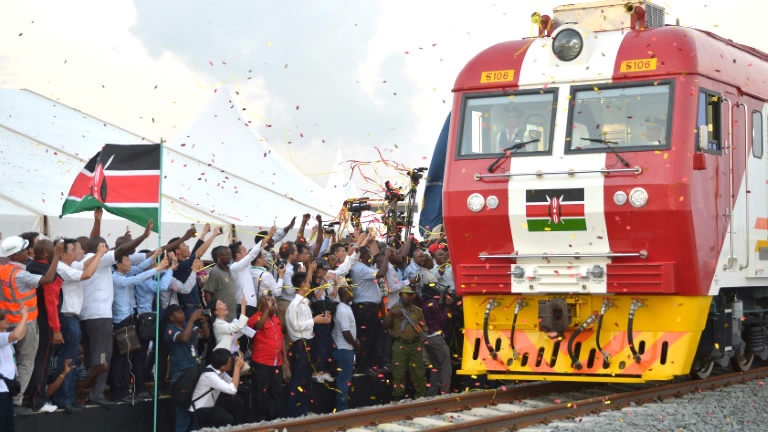The Chinese government will soon launch a program to revitalize their countryside on a massive scale (the only scale Chinese leaders seem to be comfortable with). Creating and implementing a strategy to revitalize China’s rural areas was been listed as one of the eight major tasks for coming year at the recent Central Economic Work Conference.
The National Development and Reform Commission of China is taking the initiative in mapping out plans for the strategy and the Ministry of Agriculture and the Ministry of Housing and Urban-Rural Development, along with others, are expected to soon issue corresponding plans.
But the home front is not the only area in which the Chinese have been perusing rural revitalization. These days, there are few places in Africa where Chinese nationals can’t be found in abundance. Whether tourists, businessmen, peacekeepers, staff members of medical teams, or employees of Chinese-owned enterprises, China is making its presence known.
Not surprisingly, given that China probably has the largest percentage of engineers in government of any major country, much of their revitalizing work in Africa revolves around infrastructure. Counter to the global trend of tearing down downs to restore rivers and fisheries, they are still building hydroelectric dams in Africa (and China). Contrary to the claims of dam-building firms, hydroelectricity is far from being carbon-neutral, and most dams are far too short-lived to pay back the costs of their environmental and social destruction.
On a more positive note, China is renovating and expanding Africa’s decrepit railway systems. Again, this is hardly surprising, since China has recently emerged as possibly the world’s largest manufacturer of rail infrastructure.
One example: At the end of May 2017, the Chinese-constructed railway connecting Kenya’s capital Nairobi and its eastern port city of Mombasa commenced operation, and has already carried over 600,000 passengers. Construction is already under way on Phase II of the Kenya SGR (standard gauge railway), which will extend the railway to the Uganda border by 2021. On the side of the locomotives is the slogan, “Connecting Nations. Prospering People.”
Speaking at the 29th African Union summit in July, U.N. Deputy Secretary-General Amina Mohammed called on African countries to harness the historic opportunity offered in China’s Road and Belt Initiative so as to push forward the integration process of the African continent.
Ethiopia, which is experiencing significant economic growth, has often been regarded as following a development path similar with that of China’s. Let’s hope that doesn’t include the massive air pollution and environmental contamination of the Chinese experience.
Some other African countries, including Rwanda, Kenya, Uganda and Angola, are also increasingly turning their eyes to China. According to a Financial Times report, African countries that study and learn from the “Chinese path” have generally done better in terms of economic growth than other African countries.
Executive Director of Africa Economic Research Consortium Lemma Senbet says that the China-Africa partnership has been framed around mutual respect and pursuit of common aspirations. The African countries can learn from China as they embark on economic diversification, regional integration and strengthening of political institutions, said Senbet.
Proposed by Chinese President Xi Jinping in 2013, the Belt and Road Initiative aims to build trade and infrastructure networks connecting Asia with Europe and Africa on and beyond the ancient Silk Road routes. It comprises the Silk Road Economic Belt and the 21st Century Maritime Silk Road, which is originally composed of one route spanning westward from China to Europe, and the other extending from the country’s eastern coastline down to the Indian Ocean.
Featured photo by AFP shows people in Mombasa throwing confetti on May 30, 2017 after Kenyan President Uhuru Kenyatta inaugurated a cargo train to Nairobi.

